Paint is largely used for home as well as industrial decoration and protection. One should research and find out good quality paint. There are various paint manufacturers in India. Top-quality
Continue reading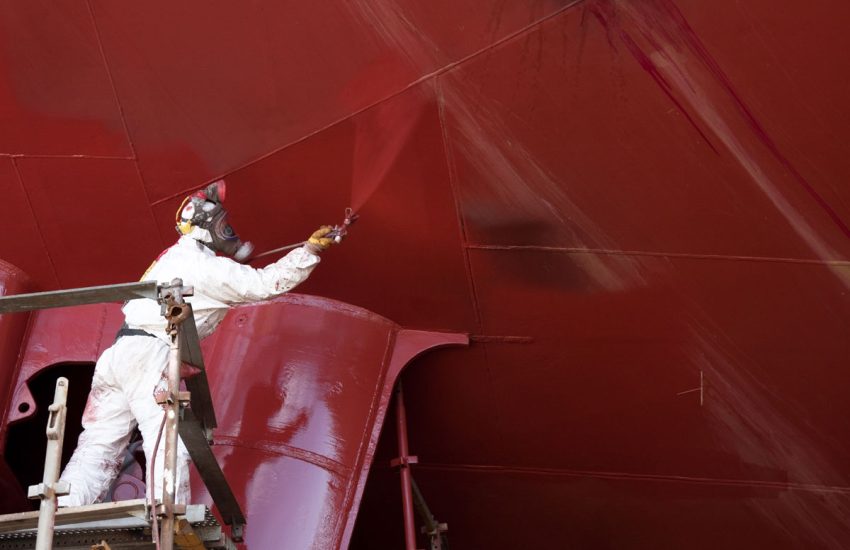

Paint is largely used for home as well as industrial decoration and protection. One should research and find out good quality paint. There are various paint manufacturers in India. Top-quality
Continue reading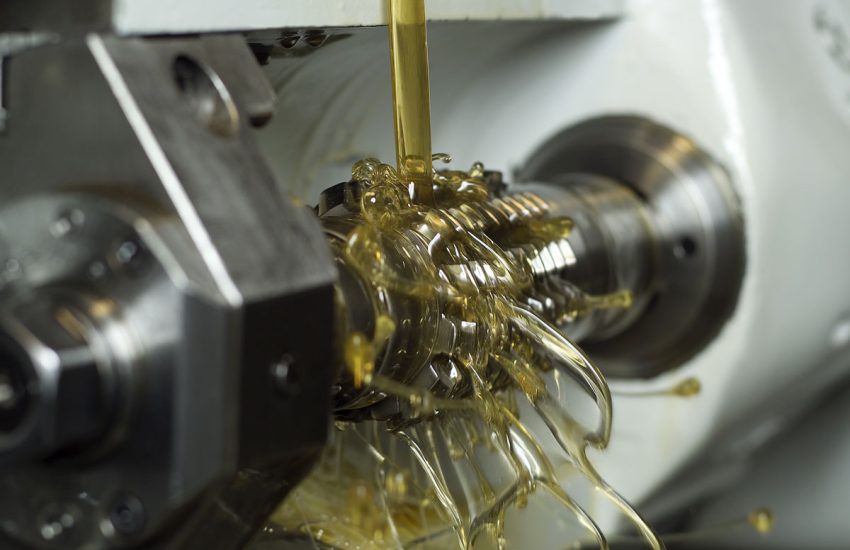
Lubricant oils are highly used substances that help to reduce friction between solid surfaces. Different types of lubricants are largely used across various industries as they improve the performance of
Continue readingThe demand for the chemical industry in India is ever increasing. Chemicals have become a necessity as they have vast and varied uses. They can have adverse effects on
Continue reading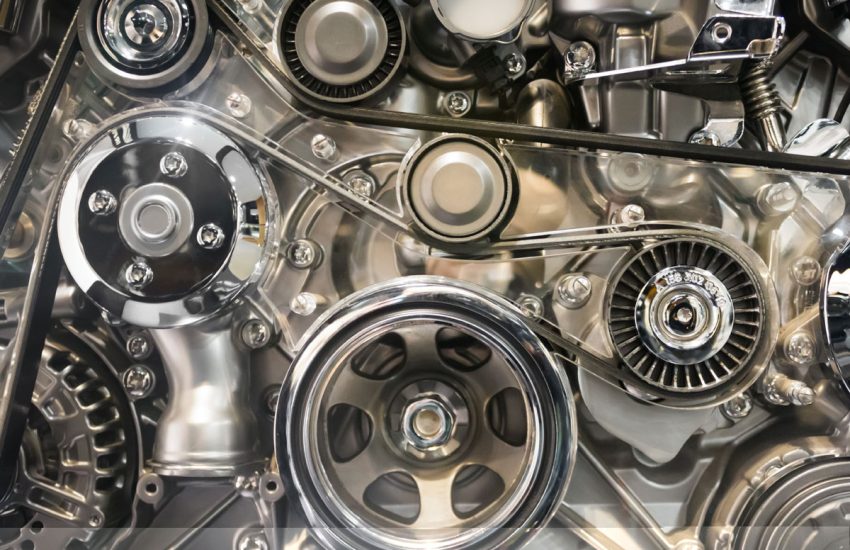
Lubricant oils are substances that help in the reduction of friction and heat between solid surfaces to make the movement efficient. Lubricant oil lubricates the machine parts, improves efficiency, and
Continue readingOverall, the most typical utilization of a lubricant is to decrease interference among the two surfaces, but remember every lubricant has some differences. Here given are the common lubricants and
Continue reading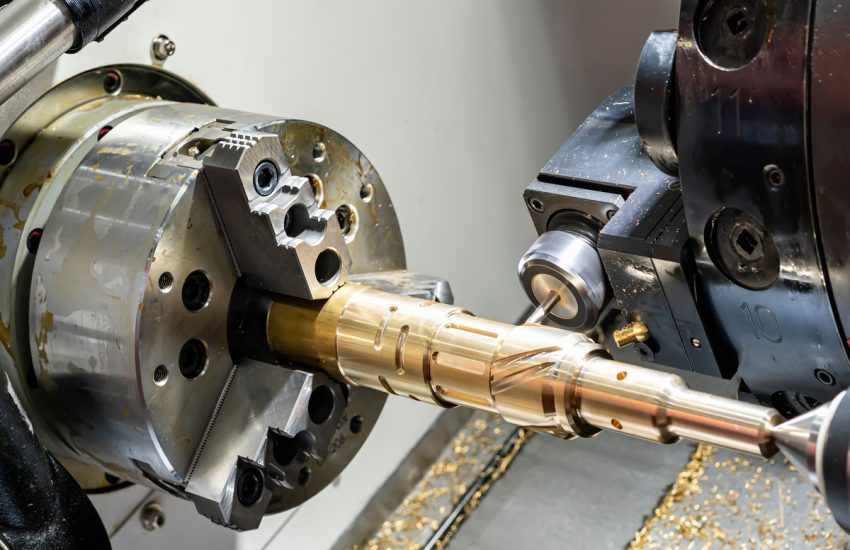
Lubrication in the drawing method is necessary for sustaining good exterior polish and extended die life. These two are the specific methods for lubrication; Wet drawing – in this the
Continue readingAre you planning to paint your house shortly? Are you confused about the best shades which would offer a dazzling finish to your walls? If these are related to you,
Continue readingMany companies need to deal with underground pipes meant for the transmission of gases, oil, or water. They remain buried underground, and often experience damages due to corrosion, or coming
Continue reading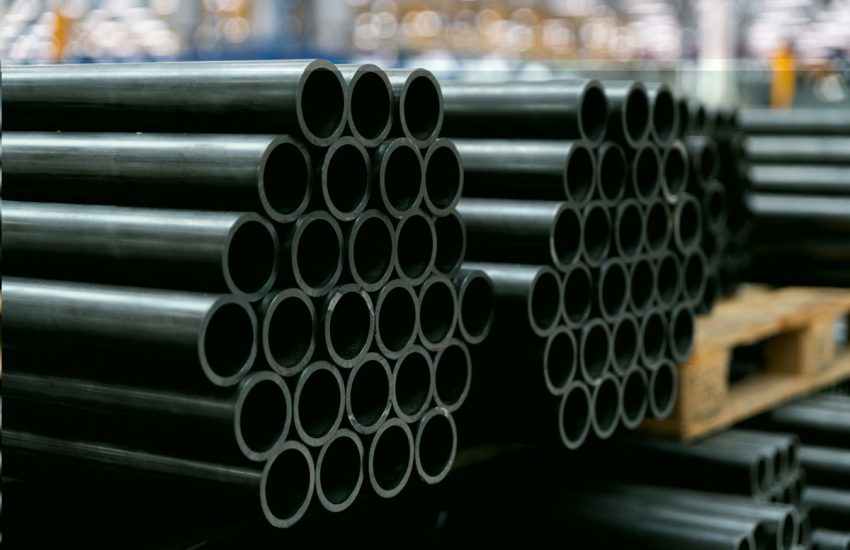
This growth in gas exploration has initiated new markets for pipeline coatings and joint coating materials as evaluations of pipeline construction in Pennsylvania. Here given are the descriptions of coating
Continue readingMost of the paint companies in India have taken a massive transition from the solvent-based paint to water-based paints for much better performance. Because of the much-increased input cost of
Continue readingCall Us Now
Phone: +91 22 66993000
Send a Message
Support: corporatecommunications@growel.com
Main Office
Growel Corporate, Akurli Road, Kandivli (E),
Mumbai - 400 101, Maharashtra, India
Grauer & Weil (India) Limited © 2022.